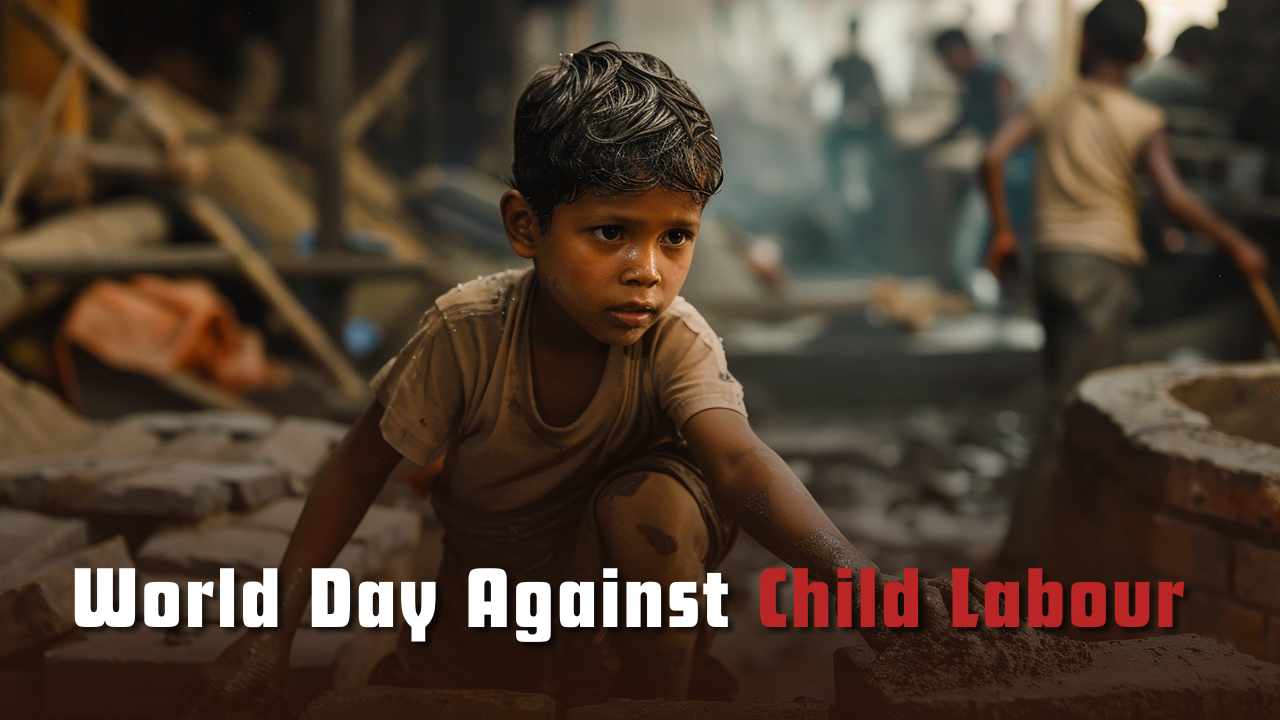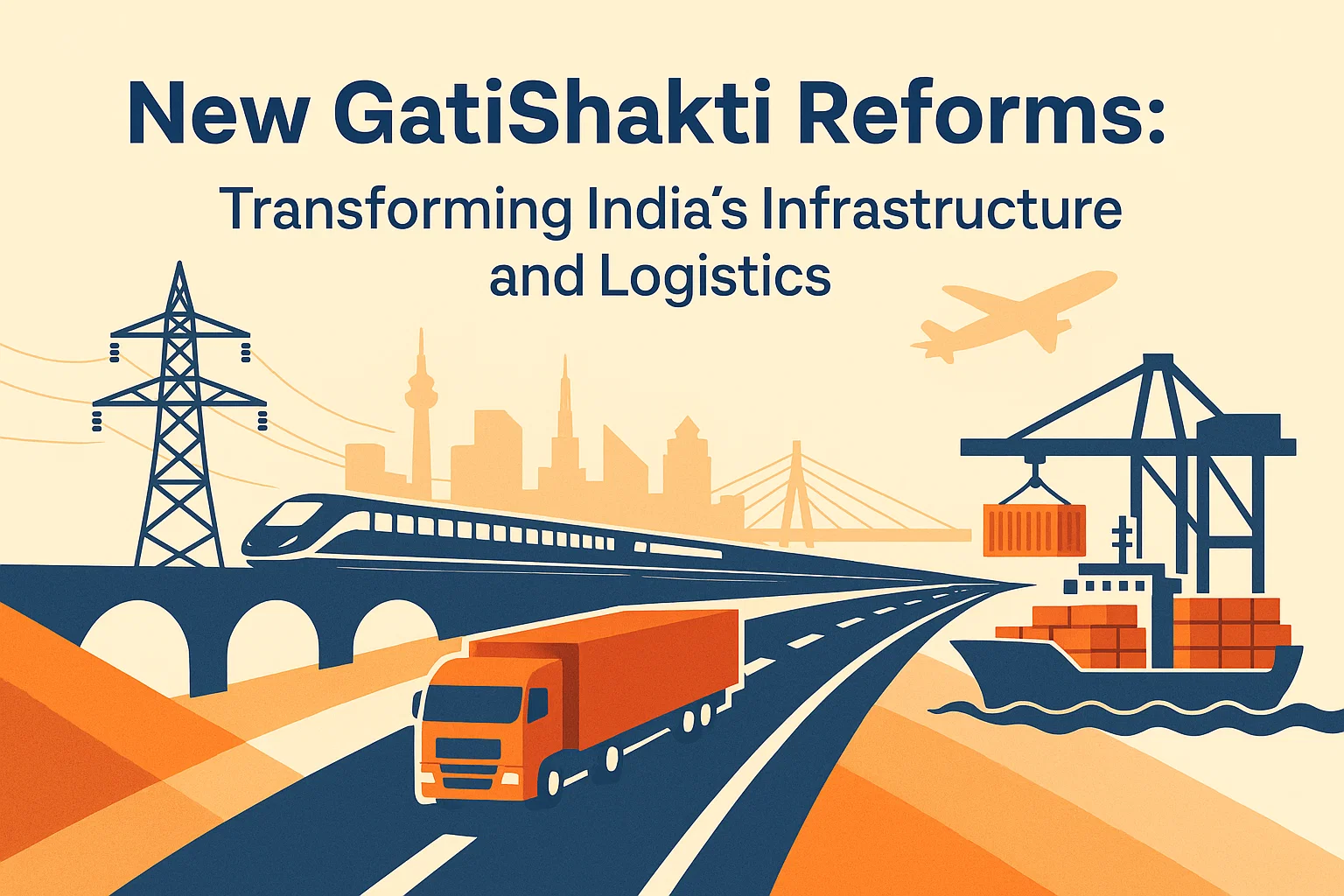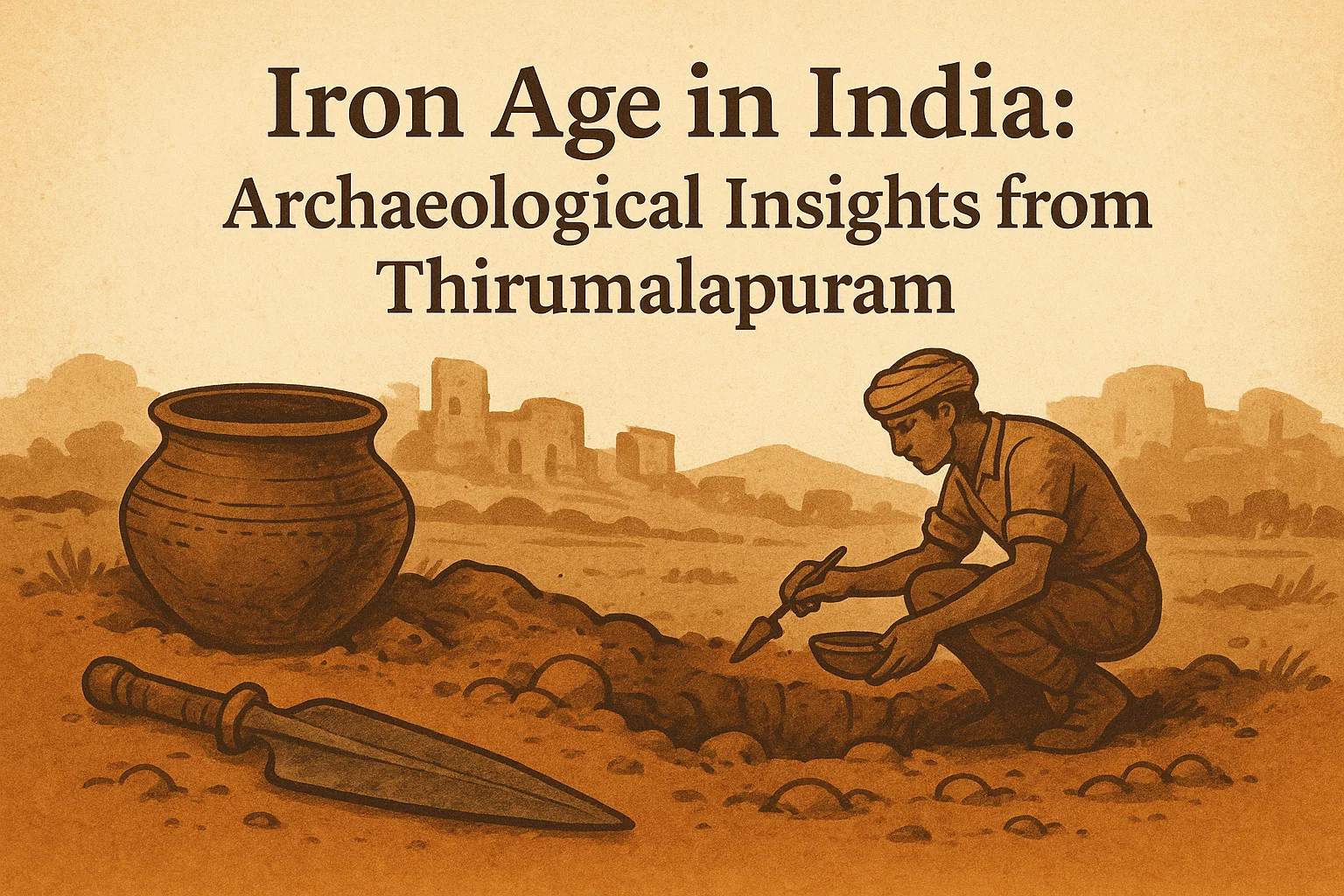World Day Against Child Labour
Recounting Velpur’s story in ending child labour
Context: June 12 marks the World Day Against Child Labour, observed globally under the banner of the International Labour Organisation (ILO).
More on News
- This annual event aims to spotlight the persistent global challenge of child labour and rally support from governments, employers, civil society, and international organisations.
- Despite the Sustainable Development Goal (SDG) Target 8.7, which calls for the eradication of child labour in all forms by 2025, the global community is still falling short.
Constitutional and Legal Provisions in India
Constitutional Provisions:
- Article 24: It states: “No child below the age of fourteen years shall be employed to work in any factory or mine or engaged in any other hazardous employment.”
- Article 21A: Mandates free and compulsory education for all children aged 6 to 14 years, reinforcing the idea that children should be in school, not at work.
- Article 39(e) & (f): These articles direct the State to ensure that children are not abused or forced by economic necessity to enter vocations unsuited to their age or strength, and that childhood and youth are protected against exploitation and moral and material abandonment.
Key Legal Provisions:
- Child Labour (Prohibition and Regulation) Act, 1986 (and Amendment Act, 2016): Amended in 2016, itc prohibits the employment of children below 14 years in all occupations, except for non-hazardous work in family enterprises outside school hours and roles as artists (excluding circuses).
- Factories Act, 1948: Prohibits the employment of children below 14 years in factories.
- Mines Act, 1952: Prohibits the employment of children below 18 years in mines.
- Bonded Labour System (Abolition) Act, 1976: Prohibits all forms of bonded labour, including that involving children.
Right of Children to Free and Compulsory Education Act, 2009: Reinforces the right to education for children aged 6–14 years, indirectly supporting the prohibition of child labour.
Global Scale of Child Labour: A Crisis of Lost Childhoods
- An estimated 160 million children are engaged in child labour globally — nearly one in every ten children.
- Regions like Africa, Asia, and the Pacific account for a staggering 90% of child labour cases.
- The situation worsened significantly during the COVID-19 pandemic, when school closures and economic hardship forced many children out of classrooms and into work, often never to return.
Situation in India
- According to Census 2011, over 43.5 lakh children between the ages of 5 and 14 were engaged in labour.
- Industries such as beedi rolling, carpet weaving, and fireworks often prefer child workers due to their lower wages and pliability.
- To combat this, India enacted the Child Labour (Prohibition and Regulation) Act in 1986, later amended in 2016 to prohibit all child labour under 14 and regulate hazardous work for adolescents (14–18 years).
- Additionally, the Right to Education Act mandates free and compulsory education for children aged 6 to 14.
- However, despite legal frameworks and intervention schemes like the National Child Labour Project (NCLP), enforcement and long-term impact remain uneven.
Velpur: A Model for Eradicating Child Labour
One shining example of effective, community-driven intervention comes from Velpur Mandal in Nizamabad district, Telangana (formerly Andhra Pradesh). In the early 2000s, Velpur was known for its high rates of child labour. But in June 2001, a transformative campaign began—spearheaded by local officials, NGOs, and the community. Within 100 days, every child aged 5 to 15 was enrolled in school, and Velpur was declared child labour-free on October 2, 2001. Today, 24 years later, the mandal maintains 100% school retention and zero child labour—a rare feat anywhere in the country.
Government-Community Collaboration
- An innovative move saw all village sarpanchs sign an MoU with the district administration under the Andhra Pradesh Compulsory Primary Education Rules, 1982.
- This agreement ensured that all children would be sent to school, while the government promised to provide infrastructure and staff.
National and International Recognition
- The success of the Velpur model has been widely recognised.
- In 2021, during the Azadi ka Amrit Mahotsav, the V.V. Giri National Labour Institute (VVGNLI) under the Ministry of Labour and Employment celebrated the 20-year milestone in Nizamabad.
- All key contributors were honoured, and no child was found out of school—an achievement validated by the local media.
- The ILO, the National Human Rights Commission, and even former President A.P.J. Abdul Kalam praised the initiative.
- In 2022, the Parliamentary Standing Committee on Labour, Textiles and Skill Development invited the former District Collector who led the campaign to present the model—further testament to its enduring impact.
Subscribe to our Youtube Channel for more Valuable Content – TheStudyias
Download the App to Subscribe to our Courses – Thestudyias
The Source’s Authority and Ownership of the Article is Claimed By THE STUDY IAS BY MANIKANT SINGH





